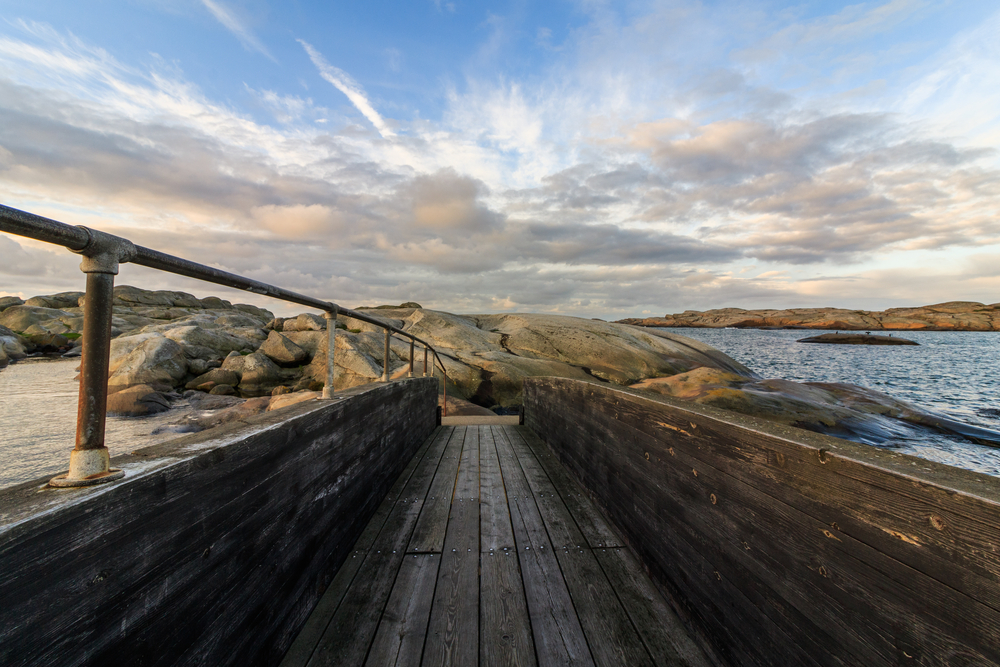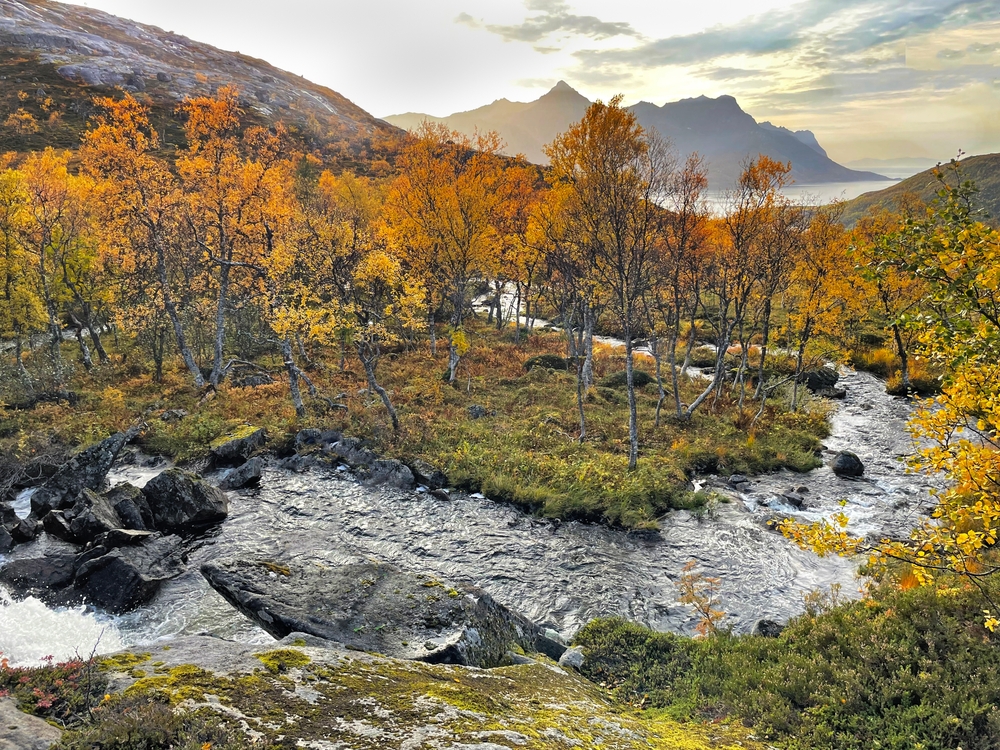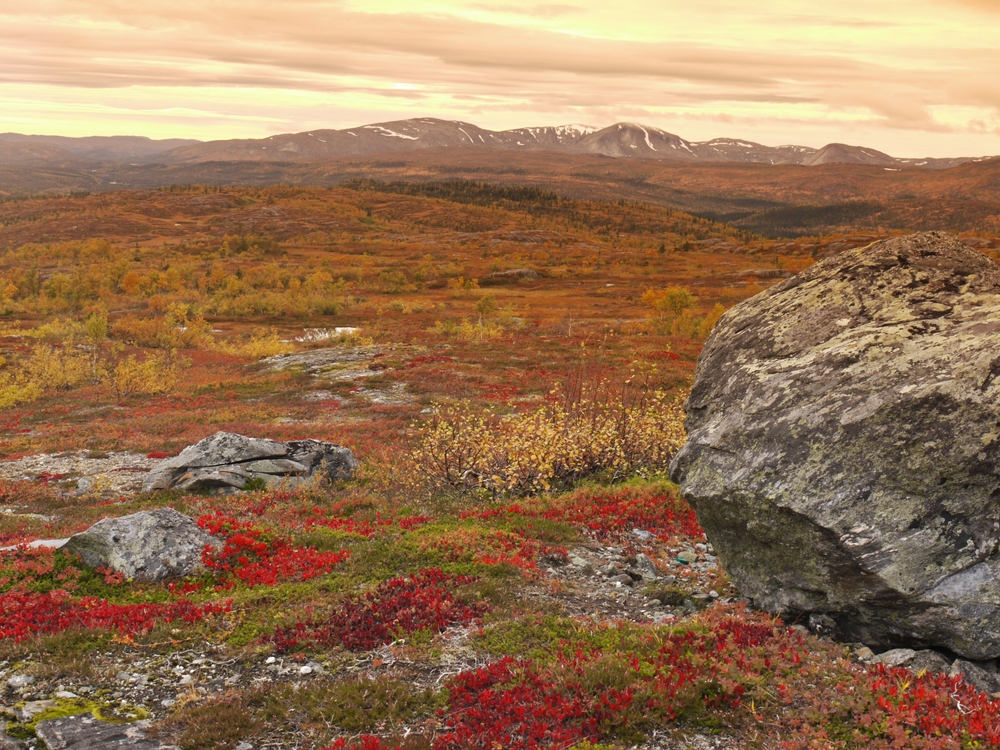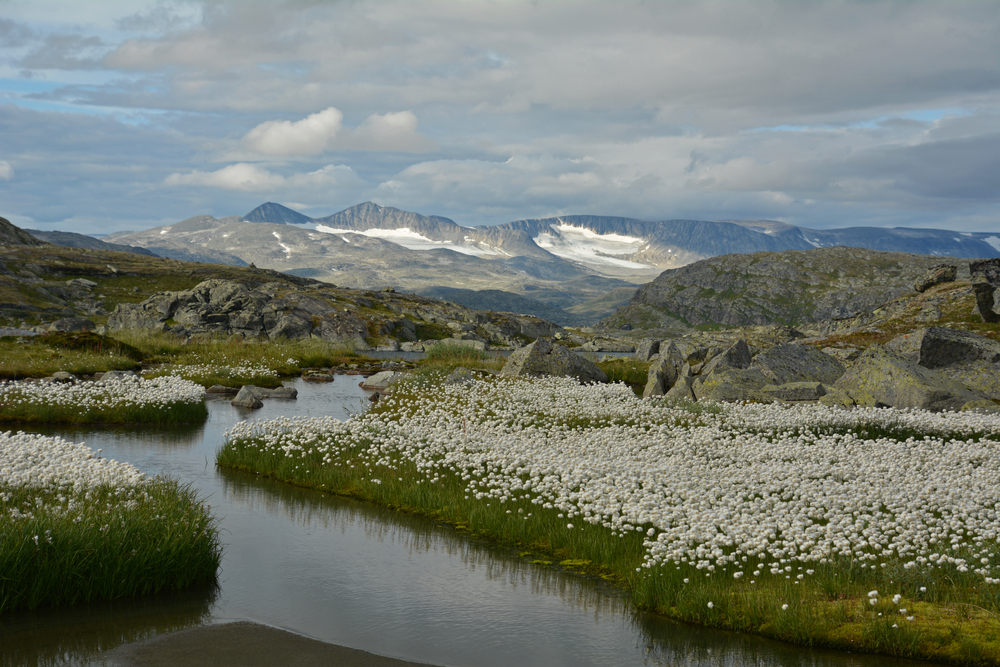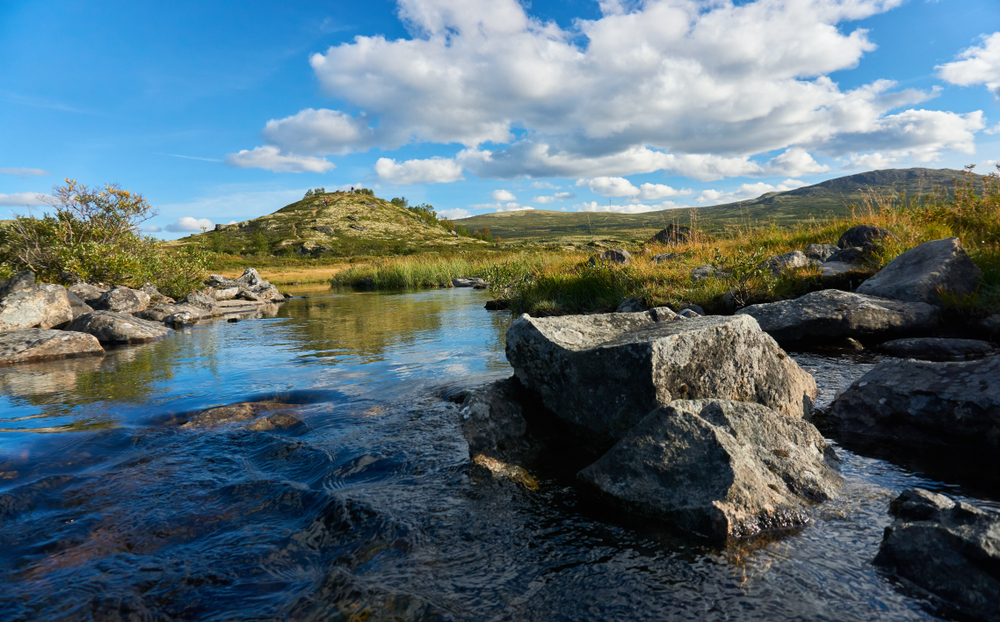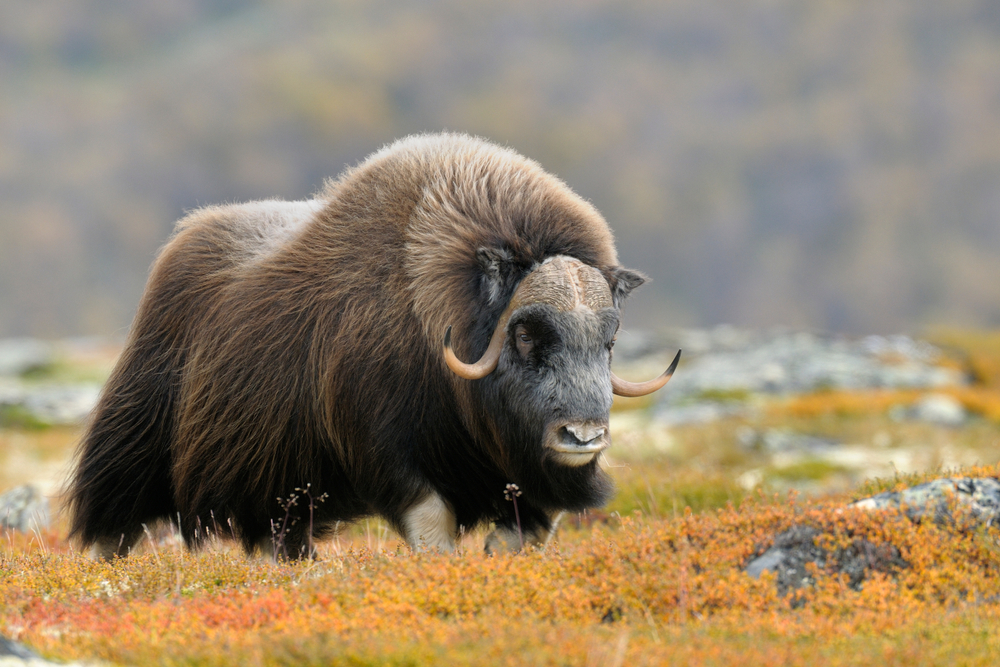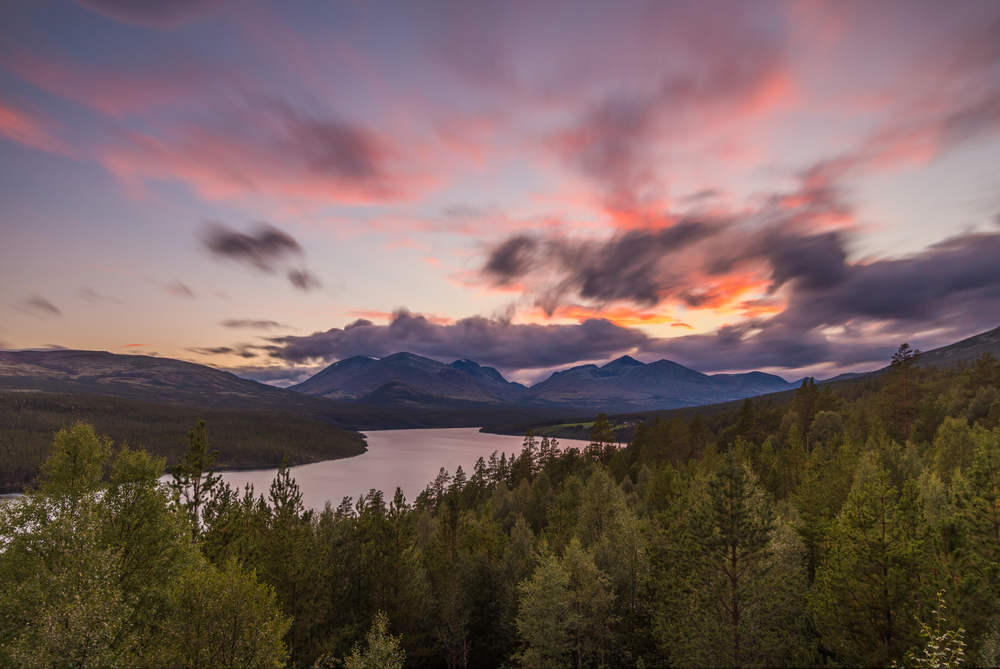Faerder Overview
Færder National Park, known as Færder nasjonalpark in Norwegian, is located in southeastern Norway within the Vestfold og Telemark County.
Covering an area of approximately 59 square miles (153 square kilometers), the park extends across a mix of marine and coastal landscapes, encompassing the outer Oslofjord and a scattering of small islands, skerries, and reefs.
Established in 2013, the park protects an important section of Norway’s coastline, offering a unique combination of rugged coastal scenery, rich marine biodiversity, and cultural history.
The landscape of Færder National Park is shaped by the forces of the North Sea, featuring smooth, glacially polished rock formations and a collection of islands, including Nøtterøy, Tjøme, and the iconic Verdens Ende, or “World’s End,” which serves as one of the most visited locations in the park.
Verdens Ende is renowned for its panoramic views of the Skagerrak Strait and its distinctive Vippefyret, a traditional rocking stone lighthouse that has become a cultural symbol of the region. The park’s terrain consists of coastal heathlands, windswept rocky outcrops, and small pockets of forest, mainly composed of pine and juniper. The intertidal zones and shallow waters are rich in seagrass meadows and kelp forests, providing essential habitats for marine life.
The park is home to a wide variety of wildlife, both on land and in the surrounding waters. Birdlife is particularly abundant, with species such as sea eagles, common eiders, and black guillemots frequently spotted along the coastline. The islands serve as important nesting grounds for seabirds, including gulls, terns, and cormorants.
Marine mammals, such as harbor seals and porpoises, are commonly seen in the waters, often surfacing near kayakers and boaters. The rich marine environment also supports numerous fish species, shellfish, and other marine invertebrates, making it an ecologically significant area for both conservation and sustainable fishing practices.
One of the most popular features of the park is Verdens Ende, where visitors can enjoy spectacular ocean views and explore the historical Vippefyret. The Færder Lighthouse, another key landmark, stands on Tristein, guiding ships safely through the Oslofjord. The park is a haven for outdoor enthusiasts, offering activities such as hiking, kayaking, sailing, and wildlife watching.
Boaters can navigate through the archipelago’s intricate waterways, while divers and snorkelers explore the underwater world teeming with marine life. Anglers also visit the park for its rich fishing opportunities, particularly for cod, mackerel, and sea trout.
Færder National Park faces several conservation challenges, including climate change, rising sea levels, and the impact of human activity on fragile ecosystems. Managing tourism while preserving the delicate coastal environment is an ongoing effort by Norwegian authorities.
However, conservation successes include the establishment of marine protection areas, the restoration of seabird populations, and initiatives to reduce plastic pollution in the waters. These efforts help to maintain the park’s biodiversity while ensuring sustainable use by visitors and local communities.








































































